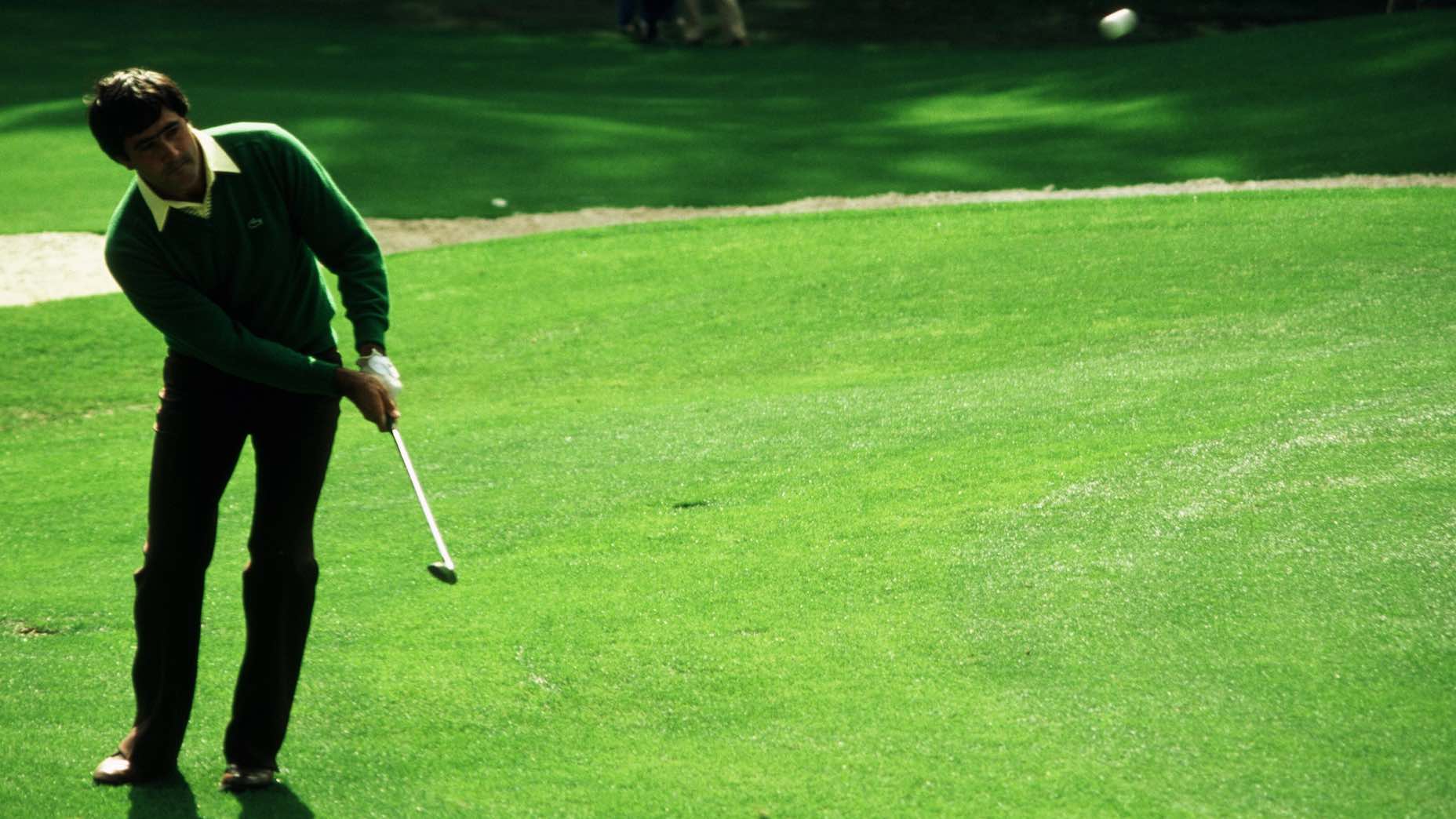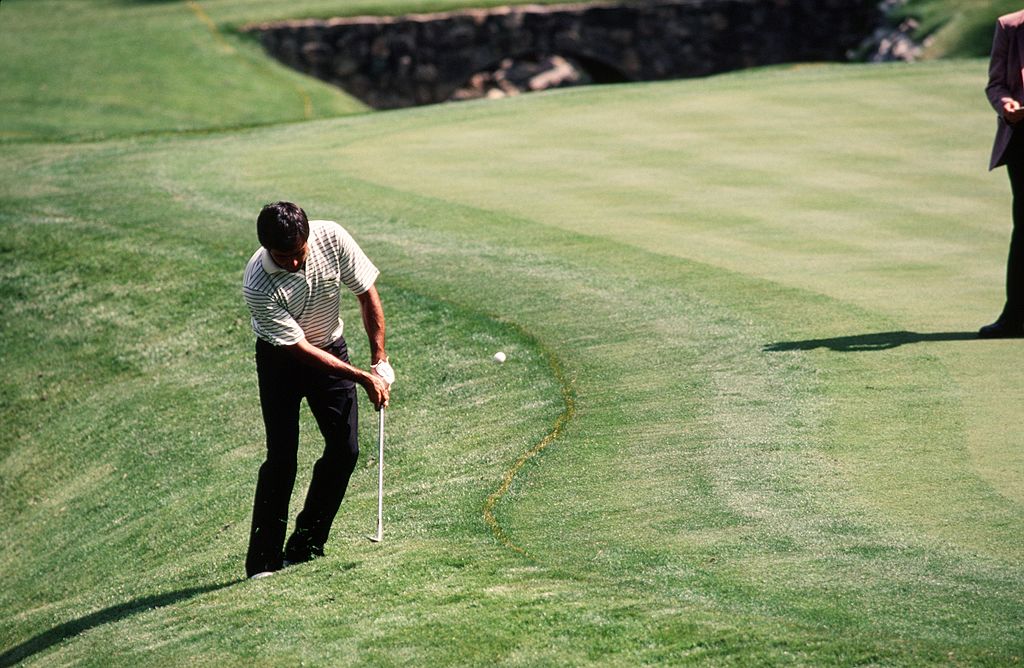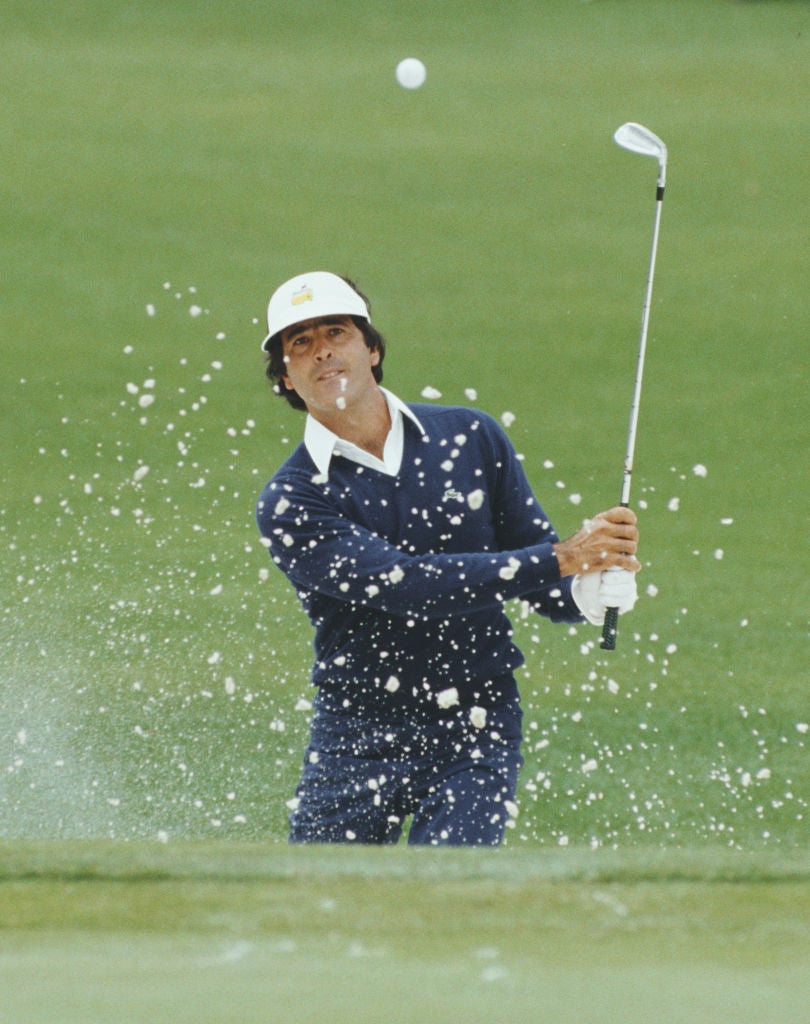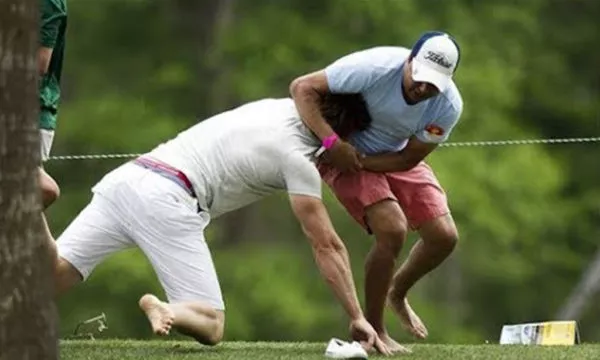Seve’s 3 secrets to great wedge play, according to a Hall of Fame coach


Seve Ballesteros was one of the best scramblers, and short game masters, of all time. He may not have hit every shot perfectly from tee-to-green, but he could save par from anywhere. Better yet, he’d have you sitting on the edge of your seat to see what he was going to do next players.
As far as I see it, Seve had three keys for his golden wedge game — which you can learn from each.

1. The clubface always points to the target
Whether it’s a full swing or around the green, the ball will always deflect in the direction that the club face points. It’s why, when it comes to making sure the ball travels in your intended direction, knowing where the clubface is aiming is so important.
You can build this into your set up and set up routine. When you watch great players, like Seve, they often aim their club face first and then build the rest of their set up around the clubface. This is true from putting, through the short game, and all the way to full swing.

2. Your head position will determine the bottom of your swing arc
Remember that your club will bottom out, or hit the ground, directly under your nose. Controlling the low point of your swing will improve dramatically when you make sure your head is in line with the ball at impact. If your head is back behind the ball at impact the misses will tend to be both fat and thin.
This is hugely important around the green, when good contact is at a premium, and any mis hit could lead to a flub or a thin.

3. Your arms always swing down the shoulder line
Your swing path will most often be determined by your shoulder line, which is absolutely affected by ball position.
An example of this would lie if your ball position is forward of center in your stance, your shoulders will naturally open up to the target. This will always affect the swing path, producing an out to in path.
The reverse would be true for a back ball position.
The true art to being a great wedge player, like Seve, is knowing how to blend the set up changes for your desired ball flight and curve. Understanding these big fundamentals lead to success and great decision making.
Original article by Mike Adams on Golf.com



